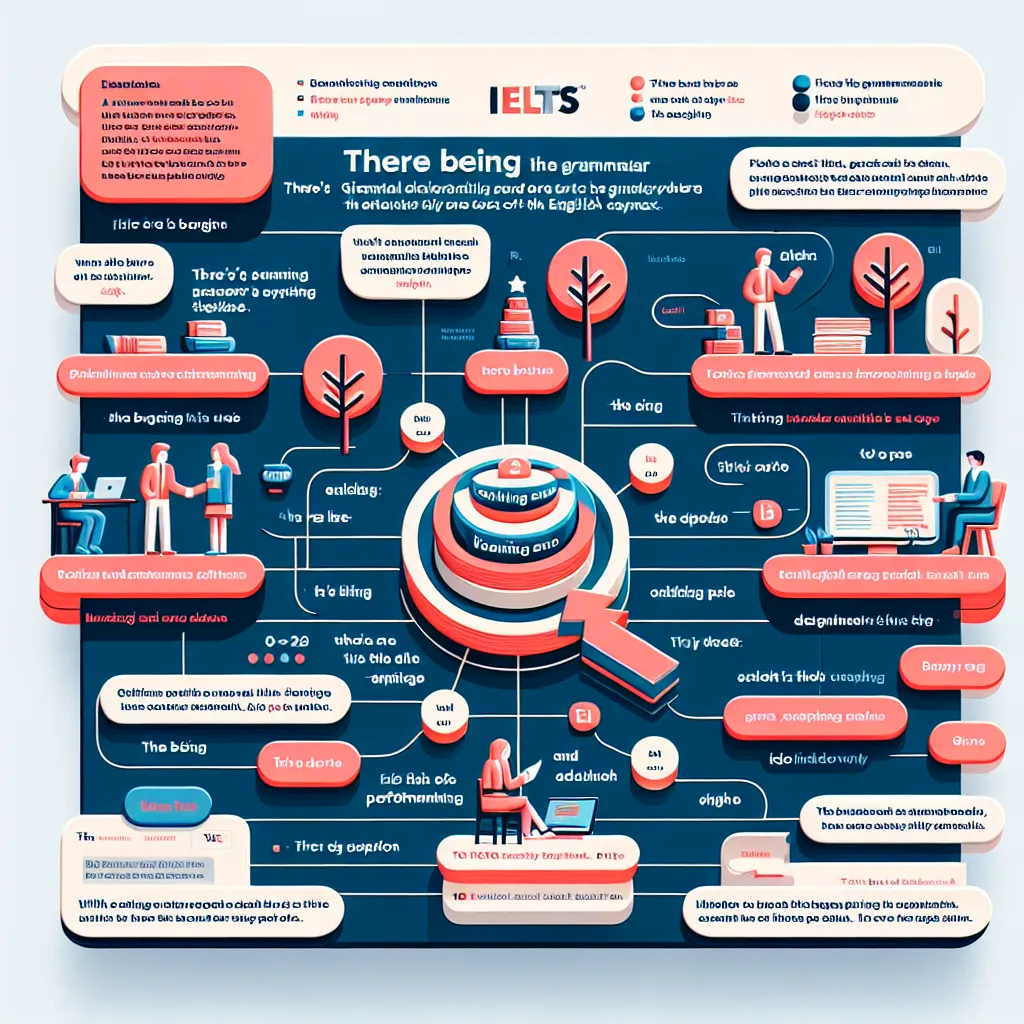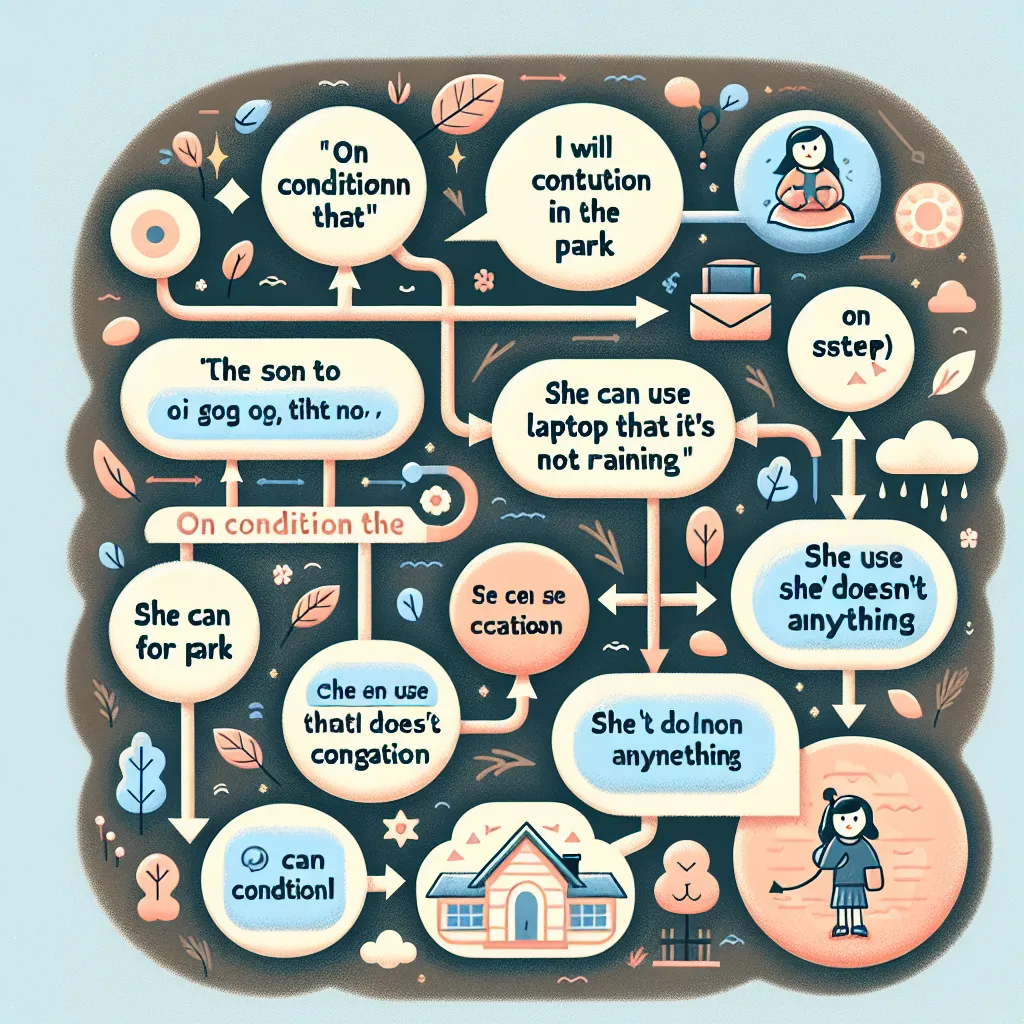The construction “there being” is a sophisticated grammatical structure that often appears in IELTS exams, particularly in the Writing and Speaking sections. Understanding and effectively using this structure can significantly enhance your language proficiency and help you achieve a higher band score. Let’s delve into the intricacies of “there being” and explore how to apply it in various IELTS contexts.
Nội dung bài viết
Understanding the “There Being” Construction
The “there being” structure is a more formal and advanced way of expressing existence or presence. It’s often used to introduce a reason or condition in a sentence. This construction is particularly useful in academic and professional writing, making it valuable for IELTS candidates aiming for higher band scores.
 IELTS Grammar Structure
IELTS Grammar Structure
Formula and Grammatical Structure
The basic formula for using “there being” is:
[There being + noun/noun phrase], [main clause]
It’s important to note that “there being” is often followed by a noun or noun phrase, and the entire clause acts as a subordinate clause to provide additional information or context to the main clause.
Applications in IELTS Writing
In IELTS Writing, using “there being” can elevate your essay’s sophistication and demonstrate a high level of grammatical control. Here are some examples of how to incorporate this structure in your writing:
-
Task 2 Essay Introduction:
“There being a growing concern about environmental degradation, many argue that individuals should take more responsibility for protecting the planet.” -
Task 2 Body Paragraph:
“There being limited resources available, governments must prioritize their spending on essential services rather than entertainment.” -
Task 1 Report:
“There being a significant increase in renewable energy production over the past decade, the graph shows a corresponding decrease in fossil fuel consumption.”
In each of these examples, “there being” introduces a circumstance or condition that sets the context for the main point of the sentence. This structure allows for concise and sophisticated expression of complex ideas, which is highly valued in IELTS Writing.
Enhancing IELTS Speaking Responses
While “there being” is more commonly used in writing, incorporating it in your IELTS Speaking responses can showcase your advanced language skills. Here are some examples:
-
Part 2 (Cue Card):
“There being so many memorable moments from my childhood, one that stands out is my first day at school.” -
Part 3 (Discussion):
“There being a rapid advancement in technology, I believe education systems need to adapt quickly to prepare students for future jobs.” -
Part 1 (Interview):
“There being numerous cuisines in my country, it’s difficult to choose a favorite dish.”
Using “there being” in speaking requires practice to sound natural, but it can significantly impress the examiner when used correctly and appropriately.
Achieving Higher Band Scores with “There Being”
To achieve higher band scores in IELTS, it’s crucial to use a range of complex structures accurately. Here’s how “there being” can contribute to different band scores:
-
Band 6: Basic use of “there being” with some errors
Example: “There being many people in the city, it’s difficult to find a quiet place.” -
Band 7: Accurate use of “there being” in some contexts
Example: “There being a shortage of skilled workers, many companies are investing in training programs.” -
Band 8-9: Flexible and accurate use of “there being” in various contexts
Example: “There being a plethora of factors contributing to climate change, scientists argue for a multifaceted approach to mitigation.”
The key to achieving higher scores is not just using the structure but using it accurately and appropriately within the context of your response.
Common Mistakes to Avoid
When using “there being,” IELTS candidates often make the following mistakes:
-
Incorrect verb form:
Incorrect: “There being be many problems in the education system.”
Correct: “There being many problems in the education system, reforms are urgently needed.” -
Misplacing the comma:
Incorrect: “There being a high demand for housing prices have increased.”
Correct: “There being a high demand for housing, prices have increased.” -
Overusing the structure:
While “there being” can enhance your writing, overusing it can make your response sound unnatural. Use it sparingly and in combination with other complex structures. -
Forgetting the main clause:
Incorrect: “There being many tourists in the city.”
Correct: “There being many tourists in the city, local businesses have seen increased profits.” -
Using it in overly simple contexts:
Avoid using “there being” for simple statements where “there is/are” would be more appropriate.
Conclusion
Mastering the “there being” construction can significantly enhance your IELTS performance, particularly in Writing and Speaking. By understanding its structure, practicing its application, and avoiding common mistakes, you can effectively incorporate this sophisticated grammatical form into your responses. Remember to use it judiciously and in conjunction with other complex structures to demonstrate a high level of English proficiency. As you prepare for your IELTS exam, consider creating practice sentences using “there being” in various contexts to build your confidence and fluency with this valuable linguistic tool.


